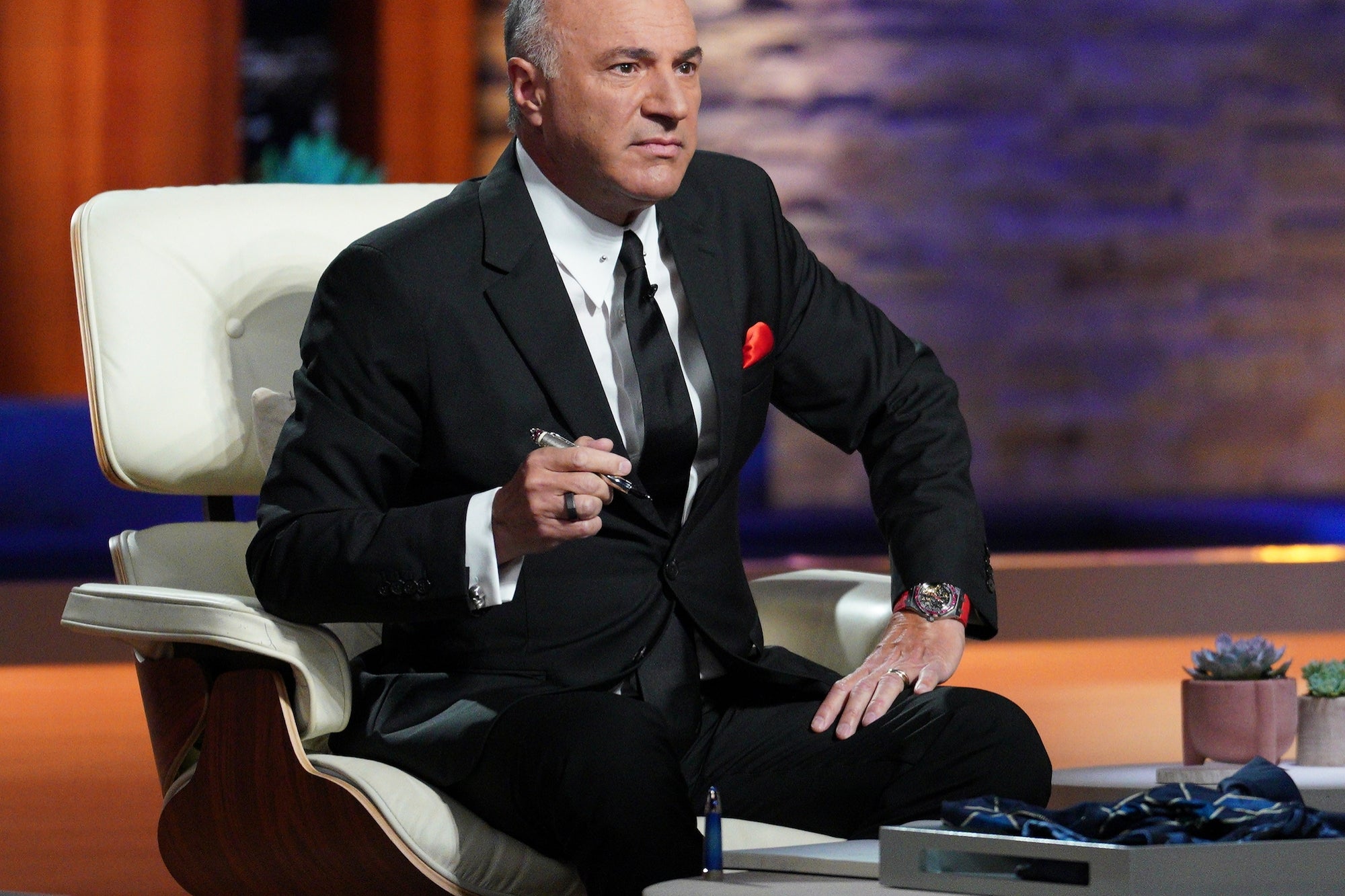3 Things You Should Consider Before Listing Your Products on Amazon Note: Amazon Prime's two-day shipping turnaround is especially popular with customers.
By Nathan Chan Edited by Dan Bova
Opinions expressed by Entrepreneur contributors are their own.

Amazon is one of the biggest ecommerce marketplaces in the world. But, if you're thinking about listing your products there, you may be wondering what the experience will be like.
Related: 10 Steps to Selling Your Product on Amazon (Infographic)
The good news is that you can get a good idea by asking the right questions first. Those questions can help you estimate your sales per month and know beforehand how to best fulfill orders and calculate how much you'll be paying the ecommerce behemoth.
Let's dive right in:
1. How many sales can you expect to see per month?
Amazon's daily sales volume is extremely high, but that doesn't mean your own sales volume will be high just because you've listed on the site.
To get some idea what to expect if you offer your product on Amazon, there's a sales estimator tool to estimate how many transactions you'll do per month. Tools that estimate sales volume look at the category your product is in and cross-reference that with the sales volume of similar products.
Of course, you'll have to take this estimate with a grain of salt. There are many reasons why competitors may do better (or worse) than you. The estimator really just lets you know if there is already interest in your product on Amazon.
Related: 6 Steps to Launching Your Product to Amazon's Best-Seller List
As long as there is demand for your product or similar products, you'll know that with the right marketing and branding campaign, you can win some of those sales for yourself. Amazon offers its own ad marketplace, where you can purchase ads that show throughout the ecommerce site.
You are also free to do your own advertising through Google, Facebook and other ad networks. In that case, you would just point your ads to your Amazon page. You could also conduct marketing campaigns through social networks like Instagram and Twitter to build brand awareness.
Instagram is of particular interest to Amazon sellers because it is visual, allowing you to show off your product's looks. If you're just getting started and need help getting Instagram followers, there are many free resources that will show you how to do it.
2. How will you fulfill orders?
If you decide to list your product on Amazon, you will need to choose from among the fulfillment options available. If you have a large supply of your product on hand, it may make sense for you to use the Fulfillment by Amazon (FBA) option. With FBA, as a seller, you eliminate a lot of logistical headaches for yourself:
You don't have to rent a warehouse.
You don't have to pay employees to pick, pack and ship products.
You don't have to worry about lost packages.
You don't have to worry about shipping, period.
Products are automatically eligible for Amazon Prime, which customers love.
Amazon provides customer service support.
Amazon sends transactional emails for you.
Of course, Amazon charges a fee for these services, but in many cases the total comes out to way less than you'd have paid to rent your own warehouse and hire employees to manage these tasks
If you don't have a lot of inventory, or don't want to use FBA for some other reason,you can fulfill products sold on Amazon, yourself. Going this route isn't ideal, but it's not a deal-breaker either.
Going this route is less of a problem, too, if you have no competitors. However, if you do, and their products are FBA and offered with free Prime Shipping, you may lose out because consumers love Prime's two-day shipping option.
3. How much will you pay to Amazon?
As mentioned above, selling your products on Amazon is not free. The company has invested money into building up a world-class ecommerce site and wants sellers to pay to use it.
That said, there are two different types of seller accounts based on the volume of sales you anticipate: an Individual plan and a Professional plan.
The Individual plan is for sellers who expect to sell fewer than 40 items per month. There is no monthly subscription fee here. However, you will have to pay $0.99 per item plus a referral fee and a variable closing fee to Amazon whenever you make a sale.
The Professional plan is for sellers who expect to sell more than 40 items per month. Professionals pay a monthly subscription fee of $39.99 to Amazon, but the $0.99 per item fee is waived.
If you're wondering how much the referral fee is, you can check Amazon's fee chart here. The percentage is based on the category that your product falls under. In most cases, the minimum referral fee is $1, which means you'll pay that to Amazon for every item you sell.
The variable closing fee is applicable only to media (books, music, videos, DVDs, video games, consoles and software). The closing fee is $1.80 per media item sold.
Getting started
Now that you have more insight into how much it costs to make your product available on Amazon, you have some thinking to do. Is Amazon the right place for you?
Related: 5 Myths About Selling on Amazon
If your profit margins are enough to absorb the fees Amazon charges then it probably does make a lot of sense to list your items.









